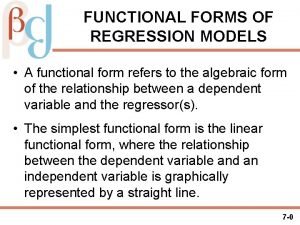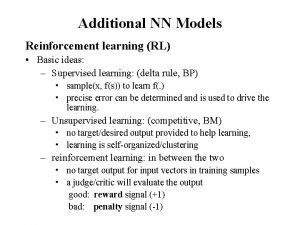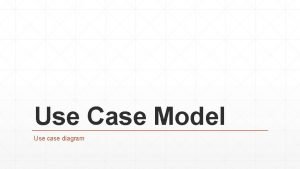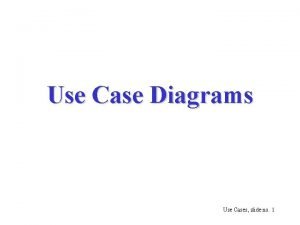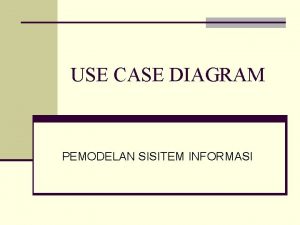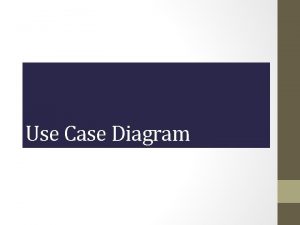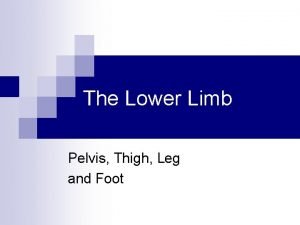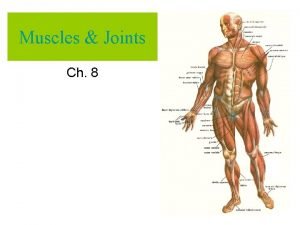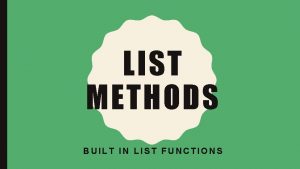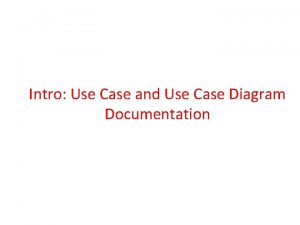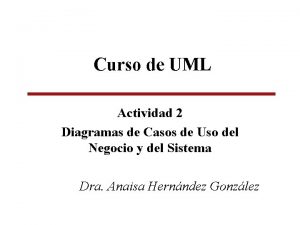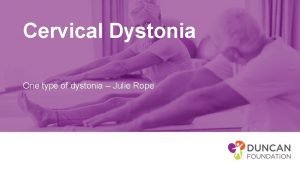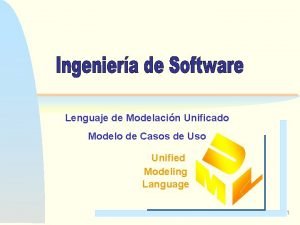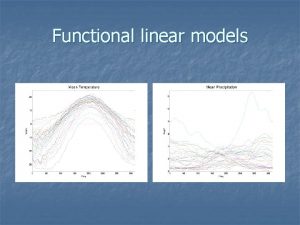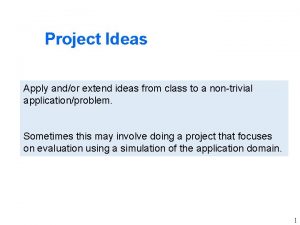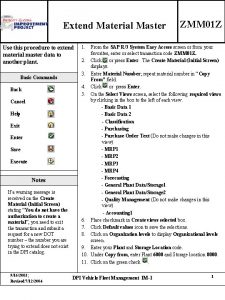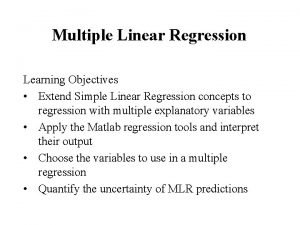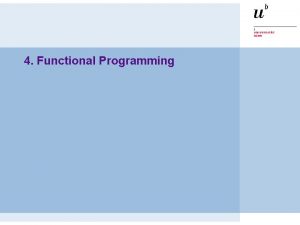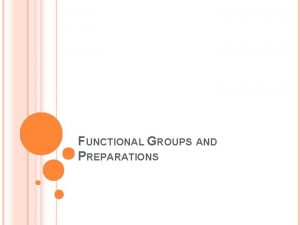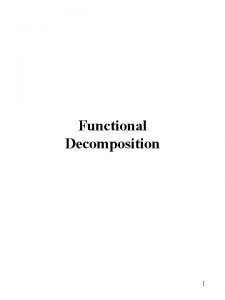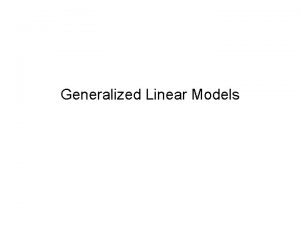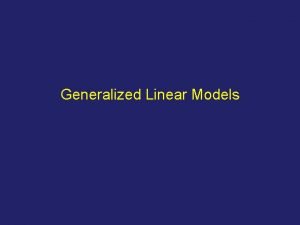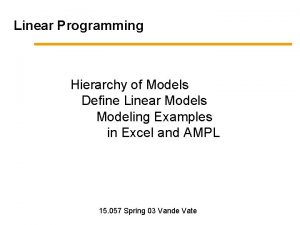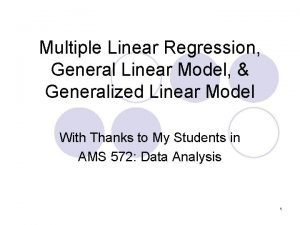Functional Linear Models Extend linear model ideas to
























- Slides: 24

Functional Linear Models Extend linear model ideas to FDA • linear regression • ANOVA

Outline Chapter 9 • Introduce functional linear model • Fitting the model • Assessing the fit • Computational issues



Functional linear models • In formal term: • Inner product representation: • Matrix version:

Fitting the model • Extend the LS to the functional case. Reinterpret the squared norm To



Assessing the fit • Error sum of squares functions LMSSE • Squared correlation functions RSQ • F-ratio functions FRATIO


Computational issues • Pointwise minimization 1. The goal is to estimate LMSSE( ) 2. Minimizing the regularized RSS 3. Finding

• Modeling with basis expansions 1. Choosing a K-vector of linearly independent functions 2. Representing observed Y and estimated parameter 3. The matrix system of linear equations

Outline Chapter 10 • Functional interpolation • Regularization • Conclusions for the data

Functional interpolation • The model • Minimize LMSSE( ) • Perfectly fit without error at all • Use regularization to identify uniquely


Regularization methods 1. By discretizing the function 2. Using basis functions a. re-expressing the model and data b. smoothing by basis truncation



3. Regularization with roughness penalties cross-validation score





Conclusions for the data • Higher precipitation is associated with higher temperatures in the last three months of the year and with lower temperatures in spring and early summer.
 Transpalatal arch space maintainer indications
Transpalatal arch space maintainer indications Non functional plasma enzymes
Non functional plasma enzymes Plasma enzyme
Plasma enzyme Functional and non functional
Functional and non functional Functional forms of regression model
Functional forms of regression model Semimodals
Semimodals Nn models ideas
Nn models ideas Ideas have consequences bad ideas have victims
Ideas have consequences bad ideas have victims Que es una idea principal
Que es una idea principal Use case primary and secondary actors
Use case primary and secondary actors Use case extend
Use case extend Jenis relasi yang bisa timbul pada use case diagram kecuali
Jenis relasi yang bisa timbul pada use case diagram kecuali Include extend use case
Include extend use case Leg rotation muscles
Leg rotation muscles Which of these can be actors in a use case diagram
Which of these can be actors in a use case diagram Java extend interface
Java extend interface Amphiarthroidal
Amphiarthroidal Append and extend in python
Append and extend in python Use case diagram
Use case diagram Caso de uso generalizacion
Caso de uso generalizacion Retrocollis
Retrocollis Electric field lines about a point charge extend
Electric field lines about a point charge extend Renpy games
Renpy games Toolvoid
Toolvoid Diagrama de casos de uso include y extend
Diagrama de casos de uso include y extend




